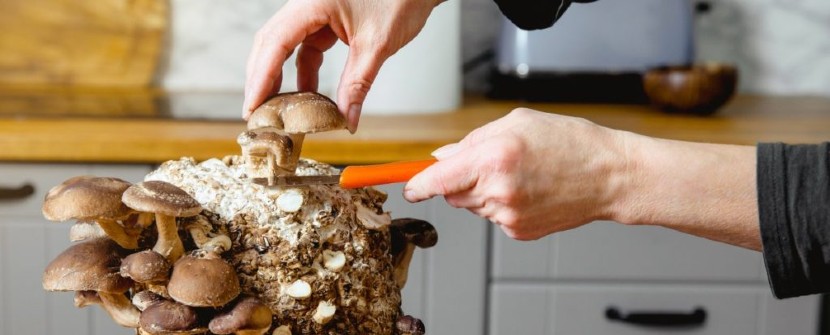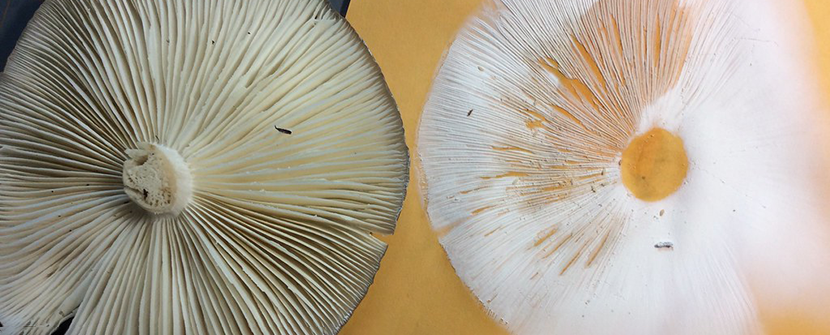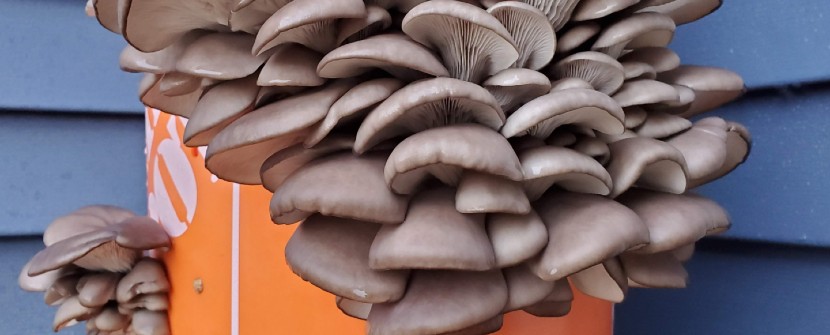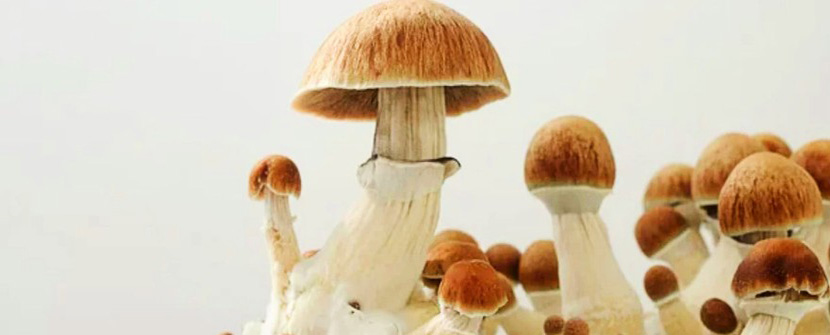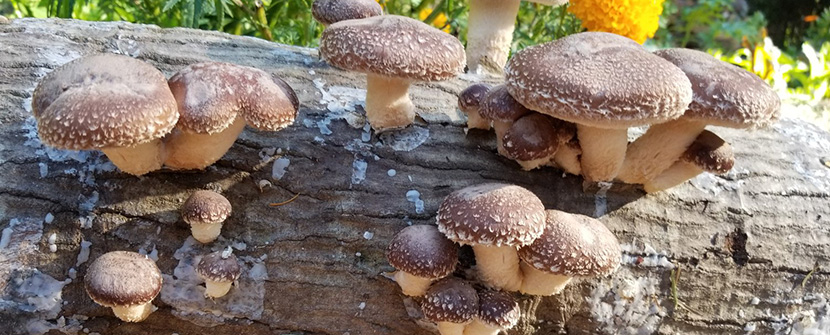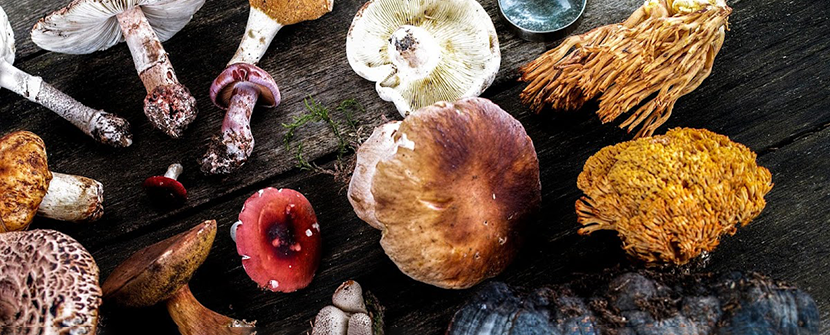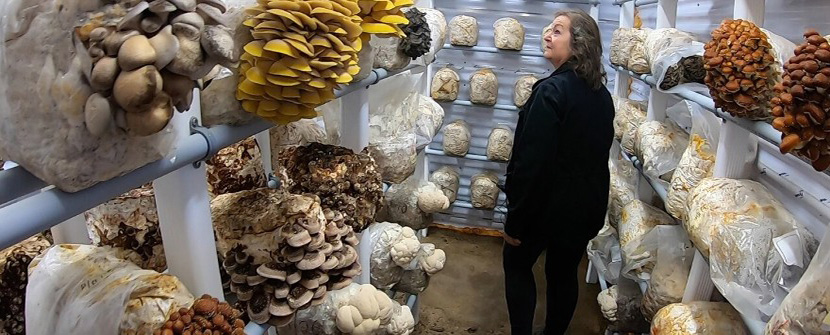Mushroom cultivation is a rewarding and fascinating endeavor that connects us with the natural world and offers a bountiful harvest of nutritious and delicious fungi. Harvesting mushrooms is a crucial step in this process that requires careful attention and knowledge to ensure the best results. In this guide, we will walk you through the essential steps of harvesting your mushrooms, from identifying the right time to pluck them to preserving their quality and flavor.
Know Your Mushrooms
Before you begin harvesting, it's essential to have a solid understanding of the types of mushrooms you are cultivating. Different species have varying growth patterns and maturity indicators. Some mushrooms, like shiitakes, are ready to be harvested when their caps fully expand, while others, such as oyster mushrooms, are best picked just before the caps flatten out. Make sure you research and familiarize yourself with the specific characteristics of the mushrooms you're growing.
Timing is Everything
Timing is crucial when it comes to harvesting mushrooms. Picking them at the right stage of maturity ensures optimal flavor, texture, and nutritional value. Generally, mushrooms are harvested when the caps have fully opened but before they start releasing spores. This helps maintain the desired quality and prevents the mushrooms from becoming overly tough or bitter.
Gentle Handling
When harvesting mushrooms, handle them with care. Mushrooms are delicate organisms, and rough handling can damage their structures and reduce their shelf life. To avoid bruising or tearing, gently grasp the stem close to the substrate and give it a gentle twist to detach the mushroom. Alternatively, you can use a clean, sharp knife to cut the stem just above the substrate. Avoid pulling the mushroom directly from the substrate, as this can disrupt the mycelium network that supports future growth.
Harvesting Tools
Having the right tools on hand can make the harvesting process more efficient and less damaging to the mushrooms. A clean, sharp knife is an essential tool for cleanly cutting the mushrooms from the substrate. A small basket or container with adequate ventilation will allow harvested mushrooms to breathe and prevent them from becoming sweaty and mushy.
Regular Check-ins
As your mushroom patch develops, make it a habit to check on your mushrooms regularly. Mushrooms can mature rapidly, so missing the optimal harvesting window can lead to oversized or spore-releasing specimens. Daily check-ins will also help you identify and remove any mushrooms that are showing signs of disease or decay, preventing potential contamination.
Post-Harvest Handling
After harvesting your mushrooms, it's important to take proper care of them to maintain their freshness and flavor. Immediately remove any debris, such as substrate or dirt, from the mushrooms. Avoid washing them unless absolutely necessary, as excessive moisture can promote decay. Instead, gently brush off any dirt using a soft brush or a clean cloth.
Storage Tips
If you don't plan to use your harvested mushrooms right away, proper storage is crucial. Most mushrooms are best stored in a cool, dark place to slow down their metabolism and prolong their shelf life. For example, you can place them in a paper bag or a breathable container and store them in the refrigerator. Avoid sealing them in plastic bags, as this can cause moisture buildup and accelerate decay.
Enjoying the Fruits of Your Labor
Now that you've successfully harvested your mushrooms and stored them appropriately, it's time to savor the flavors and textures you've worked so hard to cultivate. Incorporate your fresh mushrooms into your favorite recipes, whether it's sautéed mushrooms as a side dish, mushroom risotto, or even a hearty mushroom soup. The possibilities are endless, and the taste of homegrown mushrooms will surely elevate your culinary creations.
Continuous Harvesting
Some mushroom species have the potential for continuous harvesting. For instance, oyster mushrooms often produce multiple flushes of mushrooms over several weeks. To encourage subsequent flushes, maintain a clean and well-ventilated growing environment. Harvest the mushrooms as they reach the appropriate size, and don't forget to adjust the timing of your harvesting routine for each new batch.
Learning from Experience
Mushroom cultivation is as much an art as it is a science. As you gain experience, you'll develop a better sense of the optimal harvesting times and techniques that work best for the specific mushrooms you're growing. Keep a record of your observations, successes, and challenges. This will help you refine your skills and make informed decisions for future harvests.
In conclusion, harvesting mushrooms is a rewarding culmination of your efforts in mushroom cultivation. By understanding the characteristics of your mushroom species, practicing gentle handling, and maintaining proper storage, you can enjoy the delicious rewards of your labor while fostering a deeper connection to the natural world. With time, patience, and a little bit of practice, you'll become a skilled mushroom harvester capable of reaping the bounties of your mushroom patch.


